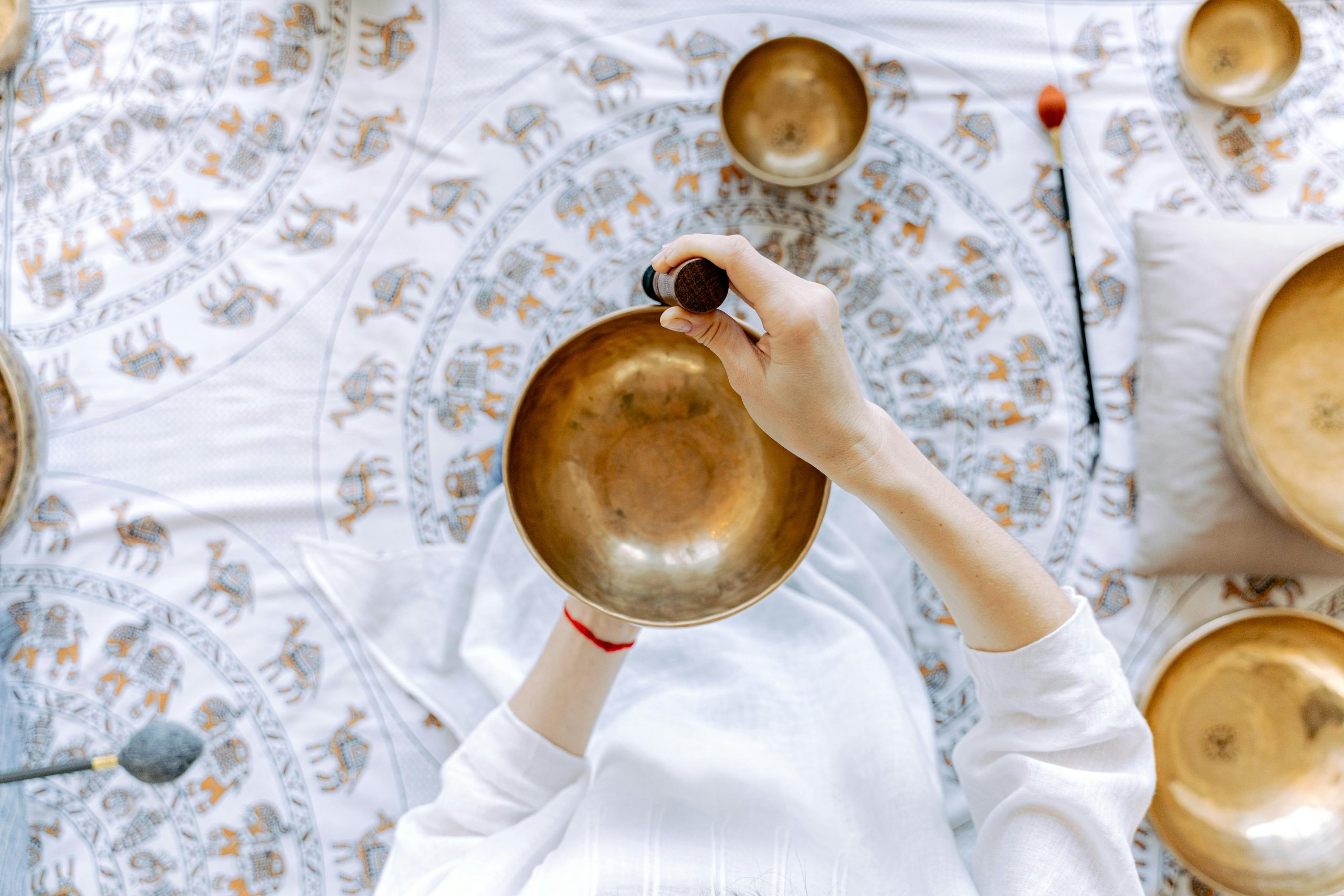In today’s fast-paced world, stress has become an unwelcome companion for many. The constant rush, endless to-do lists, and digital overload leave little room for peace. But what if there was a way to slow down, reconnect with yourself, and cultivate a calmer, more intentional life? Slow living offers a path to reduce stress and find inner peace by embracing simplicity, mindfulness, and meaningful moments. Here are some powerful slow living practices to help you step off the hamster wheel and into a more balanced, fulfilling life.
Embrace Mindfulness in Everyday Moments
Mindfulness is the cornerstone of slow living. It’s about being fully present in each moment, rather than rushing through life on autopilot. By practicing mindfulness, you can reduce stress and enhance your appreciation for the little things.
Start with Small Rituals
Incorporate mindful moments into your daily routine:
- Savor your morning coffee or tea – Instead of gulping it down, take time to enjoy the aroma, warmth, and taste.
- Practice mindful breathing – Pause for a few deep breaths whenever you feel overwhelmed.
- Engage your senses – Notice the textures, sounds, and smells around you, whether you’re walking in nature or cooking a meal.
Limit Multitasking
Multitasking may feel productive, but it often leads to mental fatigue. Instead, focus on one task at a time. Whether you’re working, eating, or spending time with loved ones, give it your full attention.
Simplify Your Environment
A cluttered space can lead to a cluttered mind. Slow living encourages simplifying your surroundings to create a peaceful, stress-free environment.
Declutter Your Space
Start small by tackling one area at a time:
- Clear your workspace – A tidy desk can improve focus and reduce distractions.
- Let go of unused items – Donate or recycle things you no longer need.
- Create calming spaces – Designate a cozy corner for reading, meditation, or relaxation.
Adopt a Minimalist Mindset
Minimalism isn’t about deprivation—it’s about prioritizing what truly matters. Ask yourself:
- Does this item bring me joy or serve a purpose?
- Can I reduce my consumption to focus on quality over quantity?
Reconnect with Nature
Nature has a profound ability to soothe the mind and body. Slow living encourages spending more time outdoors to recharge and find peace.
Spend Time Outside Daily
Even short doses of nature can lower stress levels:
- Take a walk in a park – Leave your phone behind and immerse yourself in the sights and sounds.
- Practice grounding – Walk barefoot on grass or sand to feel more connected to the earth.
- Grow something – Whether it’s a houseplant or a small garden, nurturing life can be deeply calming.
Unplug Regularly
Constant screen time keeps us in a state of hyper-stimulation. Set boundaries with technology:
- Schedule digital detox hours or days.
- Replace scrolling with outdoor activities or hobbies.
Prioritize Rest and Self-Care
In a culture that glorifies busyness, rest is often neglected. Slow living reminds us that true well-being requires intentional rest and self-care.
Listen to Your Body
Honor your natural rhythms instead of pushing through exhaustion:
- Get enough sleep – Aim for 7-9 hours and establish a calming bedtime routine.
- Take breaks – Step away from work to stretch, breathe, or simply sit quietly.
Nourish Yourself Slowly
Eating mindfully can transform meals into a source of pleasure rather than just fuel:
- Cook simple, wholesome meals with fresh ingredients.
- Eat without distractions, savoring each bite.
Conclusion
Slow living isn’t about doing less—it’s about doing what matters with intention and presence. By embracing mindfulness, simplifying your surroundings, reconnecting with nature, and prioritizing rest, you can reduce stress and cultivate inner peace. Start small, be patient with yourself, and remember that slow living is a journey, not a destination. Over time, these practices will help you create a life that feels richer, calmer, and deeply fulfilling.


